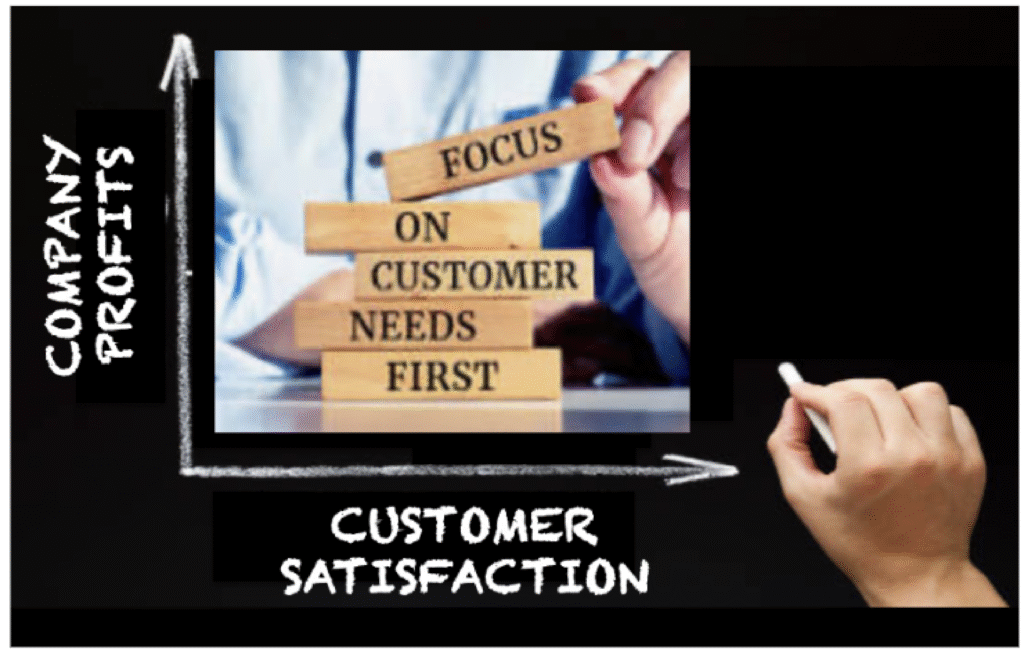
What separates companies that thrive from those that fade away? The answer is not just innovation or efficiency—it’s the ability to put the customer at the center of strategy.
Chapter 1 of the Customer Value Handbook explores how customer focus drives both short-term profits and long-run survival. Research consistently shows that extremely satisfied customers account for the greatest share of a firm’s profitability, while dissatisfied customers often generate losses—and spread their dissatisfaction quickly, especially in today’s social media environment.
This chapter introduces the concept of the “Customer Compass” – a framework for aligning a company’s direction with the evolving needs of its customers, the strategies of competitors, and the realities of the market environment. Organizations that orient themselves around this compass don’t just react to change—they anticipate and lead it.

The implications are clear: businesses that cultivate loyalty and continuously deliver customer value achieve stronger financial performance. Higher customer satisfaction correlates directly with higher retention, increased attraction of new customers, and improved profitability. Conversely, firms that fail to prioritize satisfaction face shrinking margins, higher acquisition costs, and declining shareholder value.
The implications are clear: businesses that cultivate loyalty and continuously deliver customer value achieve stronger financial performance. Higher customer satisfaction correlates directly with higher retention, increased attraction of new customers, and improved profitability. Conversely, firms that fail to prioritize satisfaction face shrinking margins, higher acquisition costs, and declining shareholder value.
For students and business professionals, this chapter highlights the measurable link between customer experience and financial results. Customer satisfaction isn’t a soft metric—it’s a driver of sales, margins, operating income, and ultimately, survival.
